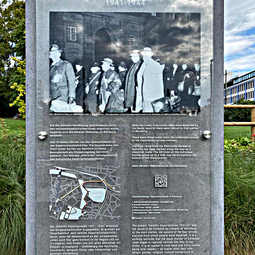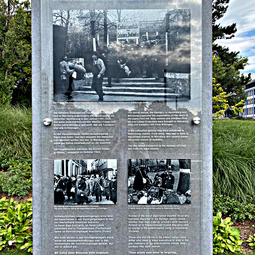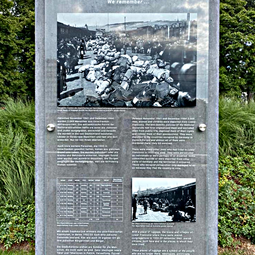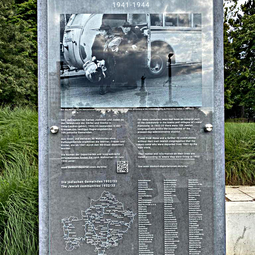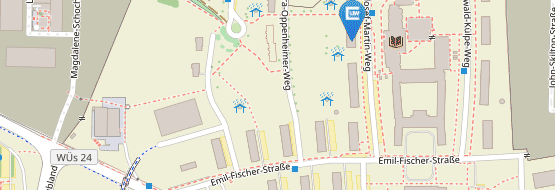DenkOrt Deportationen 1941-1944: Current Forms of Remembering (2021)
The starting point of our project was our interest in modern forms of remembrance. What do new types of remembrance look like? After the “DenkOrt Deportationen 1941-1944” was only opened last summer, the monument at Würzburg Central Station appeared to be an ideal way to address our question. It commemorates the deportation of Jewish citizens from Lower Franconia to Eastern Europe, where they were murdered.
To learn more about the DenkOrt, we held two interviews with Dr. Rotraud Ries, director of the Johanna Stahl Center for Jewish History and Culture in Lower Franconia, and with Benita Stolz, chairwoman of the association "DenkOrt Deportationen e.V.". Each of the two conversations is picked up in an audio feature.
We are interested in the following questions: How did the idea for the project come about? Who was involved in the conception? What was important to the makers in the implementation? What's new? How does the DenkOrt differ from previous Holocaust memorials?

Website of the project: "Wir wollen uns Er!nnernDenkOrt Deportationen."

The luggage at the DenkOrt is made of stone, wood and concrete.
Introduction Benita Stolz
Benita Stolz was born in Rhineland-Palatinate in 1946 and was a member of the Environmental Party in Germany “Bündnis 90/Die Grünen” (Alliance 90/The Greens) and a member of the Würzburg city council for a total of 30 years, from 1990 to 2020. Benita Stolz has been active in the Würzburg culture of remembrance since 2004. Among other things, she initiated the laying of “Stolpersteine” (stumbling blocks) in Würzburg in memory of the victims of the Holocaust. She also played a key role in implementing the “Weg der Erinnerung” (path of remembrance) in 2011. This was a commemorative walk in which 3,000 people took part to commemorate the deportation of the Jews from Lower Franconia. She has been in charge of the DenkOrt Deportations project since 2015.
Introduction Dr. Rotraud Ries
As the director of the Johanna Stahl Center for Jewish History and Culture in Lower Franconia, Dr. Rotraud Ries has developed her research focus in the area of early modern Jewish history and deals with Jewish local and regional history. With her small and dedicated team, Dr. Ries is responsible for 900 years of history in a region that has been profoundly shaped by Jewish communities and their culture. She plays a leading role in regional projects focused on e remembrance culture for Jewish victims of National Socialism such as the “Weg der Erinnerung“ (Path of Remembrance) and the “DenkOrt Deportationen“ 1941-1944 (Deportation Memorial 1941-1944) in front of the main train station in Würzburg. Additionally, Dr. Ries and her team have developed and implemented a concept for online commemoration called "DenkOrt 2.0.”
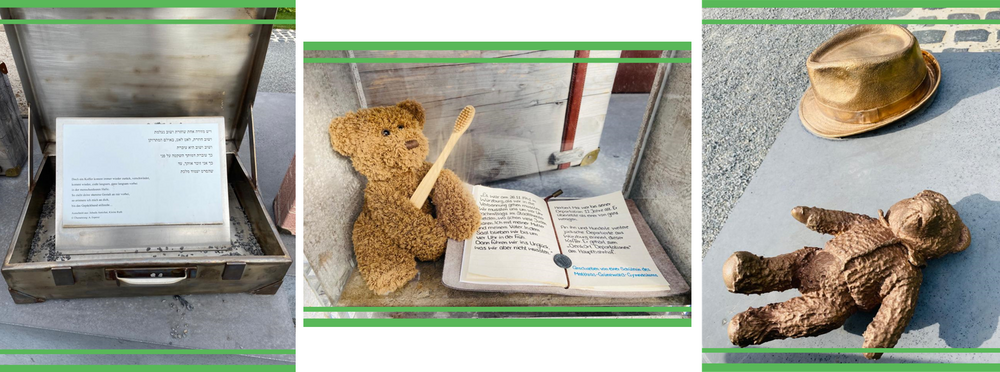
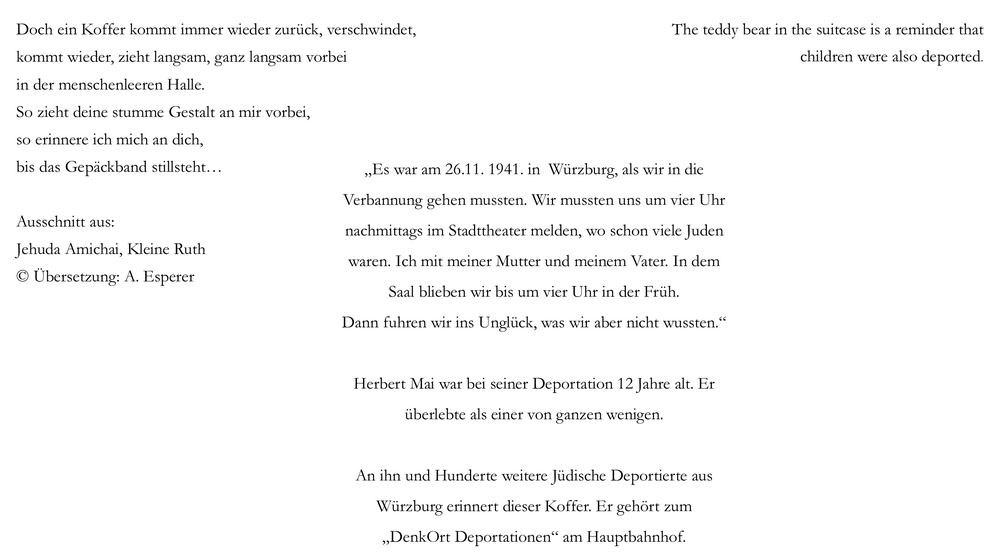
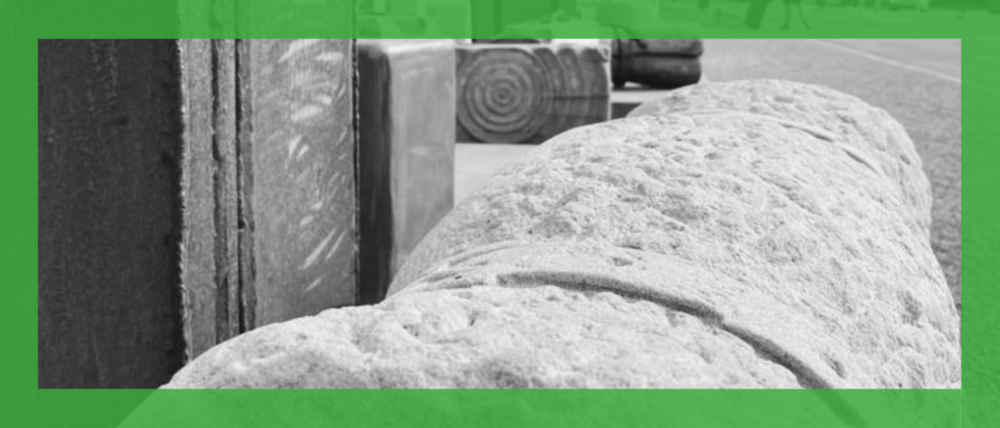
The Johanna-Stahl-Zentrum is the regional competence center for Jewish history and culture in Lower Franconia. 900 years of Jewish history in the region are the focus of its work and activities. its activities. The specialized library of the center is unique resource of the region.
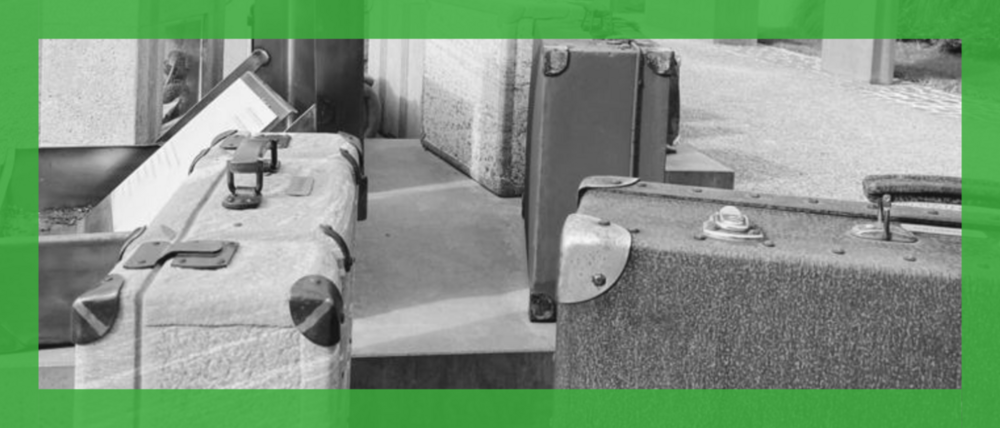
TVMainfranken documentary provides background information about the planning and the final realization of the monument at the Würzburg central train station. Two of our interview partners, Dr. Ries and Ms. Stolz, offer deeper insight into their work and the project.


